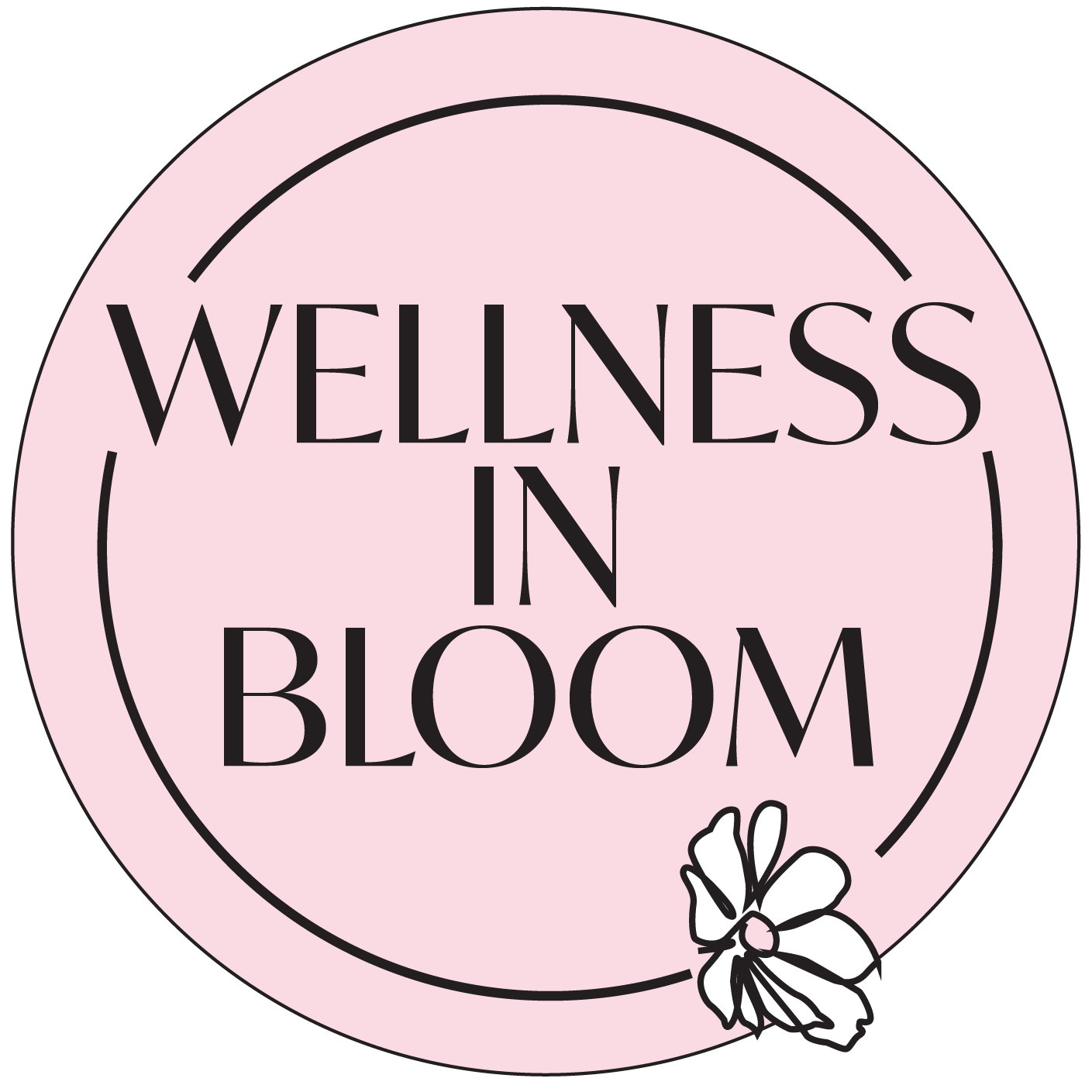What is Non-Alcoholic Fatty Liver Disease? And what you should do.
By 2040 over half of the population globally will have NAFLD, why is no one talking about it?
Priscilla Barnes
By the year 2040 more than half of the population globally is expected to have non-alcoholic fatty liver disease (NAFLD) (1.).
NAFLD increases the risk for heart disease, stroke, and non-liver cancers (2.).
So why isn’t anyone talking about it?
Maybe because there’s not a medication you can take to reverse it.
Maybe because diagnosing it is usually done based off of imaging (ultrasound, CT scan) and these are not routine.
Maybe because elevated liver enzymes (one symptom of NAFLD, although you can have NAFLD without elevated liver enzymes) is often dismissed in the doctor’s office.
Maybe because it takes changes around nutrition, lifestyle, and movement to reverse NAFLD and many are not willing to do that.
NAFLD is reversible, but the conditions that follow NAFLD are not reversible.
NASH and cirrhosis of the liver are major health issues that cannot be reversed. NASH can ultimately lead to liver failure and liver cancer. Remember though, NAFLD can be reversed.
With over half the population expected to have NAFLD we should be doing something about it. Don’t you agree?
NAFLD impacts your liver’s ability to do its job. When we have “sluggish” liver function, it can lead to other issues.
Here are some reasons to treat your liver well:
Your liver is your body’s primary detoxification organ. Every toxin that you come into contact with (knowingly or unknowingly) must be filtered by the liver. We come into contact with more and more toxins every day, our ability to eliminate them should be paramount. (You can get a copy of my free Clean Living Guide here.)
It acts as a blood recycler, and breaks down damaged blood cells.
It boosts your metabolism. It is one location where T4 (inactive thyroid hormone) is converted to T3 (active thyroid hormone).
It helps process glucose. The liver removes glucose from the bloodstream and stores it as glycogen. As needed, glycogen can then be converted back to glucose. If you struggle with blood sugar balance, you need to think about your liver.
The liver is involved in over 500 vital processes in the body. Anytime the liver isn’t working optimally, we should take action.
If you want to take action to prevent or reverse NAFLD, here are some tips:
1. Reverse and prevent insulin resistance. (3.) Insulin resistance is at the heart of NAFLD. What is insulin resistance?
Insulin is a hormone created by our pancreas that is required to bring glucose into the cell from the bloodstream - thus lowering blood glucose levels. When someone is insulin resistant, the normal amount of insulin doesn’t work anymore. Their body ends up needing even more insulin to get the job done. This process can put stress on the body and lead to many uncomfortable symptoms, like weight gain, belly fat, and hormonal imbalances.
Reversing insulin resistance, or decreasing the severity of it, means living your life to balance blood sugar. This requires more than eliminating sugar from your diet (which may not even be the problem). This is a full lifestyle change that I work with my clients to transform. (You can read some reviews here.)
2. Walk daily and build muscle. (4.)
Just 22 minutes a day will get you to the recommended 150 minutes per week that have been shown to reverse and prevent NAFLD. In addition, the more muscle you have, the better your blood glucose control.
Building muscle, in my opinion, is the key to aging well and preventing disease. Read more here.
3. Decrease your intake of processed foods.(5.)
Many processed foods contain high fructose corn syrup, or other inflammatory ingredients that are linked to NAFLD.
Always read labels. Make sure you are not over-consuming added sugars. Choose more home-cooked, nutrient dense food sources, rather than processed foods.
4. Eat a diet rich in antioxidants and polyphenols. (6.)
Eat the rainbow is a good way to put it.
Fruits and vegetables contain healing properties that cannot be replicated. NAFLD is linked to inflammation. Just like water to a fire, antioxidants and polyphenols help to decrease inflammation.
5. Avoid alcohol, illicit drugs, and other environmental toxins.
It might sound extreme, but alcohol (and obviously illicit drugs) and toxins all place a burden on the liver.
If the liver is already compromised, adding additional stress will not help.
Assessing environmental toxins might sound overwhelming, but this is one reason I offer a HTMA to all of my clients. Once you know what toxins are present in your soft tissue (which your hair is) you can better implement changes to eliminate them. Read more about HTMA here.
Whether you have NAFLD or not, my recommendation is to act like you do and to implement habits today to avoid being someone who has it, or something worse, in the future.
Need more help? Click here to apply to join Wellness in Bloom for a customized approach to improving your health today.

